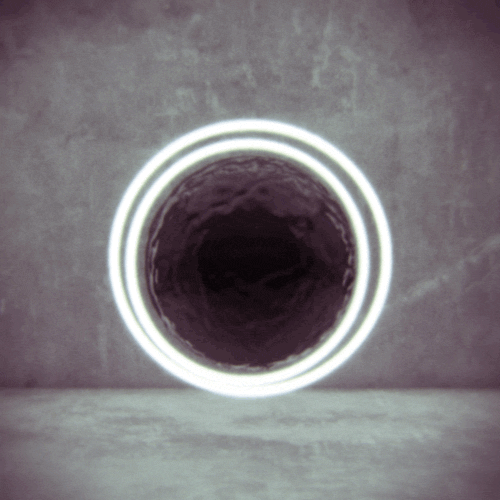Symbols of transformation. An analysis of the prelude to a case of schizophrenia

Symbols of Transformation is Volume 5 in The Collected Works of C.G. Jung, a series of books published by Princeton University Press in the U.S. and Routledge & Kegan Paul in the U.K. It is a complete revision of Psychology of the Unconscious (1911–12), Carl Jung's first important statement of his independent position in psychology.
Jung said that book "laid down a programme to be followed for the next few decades of my life." It covered many and varied fields of study, including among others psychiatry, psychoanalysis, ethnology and comparative religion. It became a standard work and was translated into French, Dutch and Italian as well as English. Its somewhat misleading title in English was The Psychology of the Unconscious. Jung later said "it was the explosion of all those psychic contents which could find no room, no breathing space, in the constricting atmosphere of Freudian psychology. It was an attempt, only partially successful, to create a wider setting for medical psychology and to bring the whole of the psychic phenomena within its purview."
Symbols of Transformation, appearing ten years later, involved no substantive changes in the text, but corrections were made, entries and citations were revised to conform with other publications, and some translations were substituted in quotations.
The book contains material on directed thinking vs. associative thinking (dreaming), the Hieros gamos, and extensive analysis of the fantasies of a Miss Frank Miller, including the symbols of the hero, mother, and sacrifice. Extensive detailed abstracts of each chapter are available online.

Comments
Add a comment